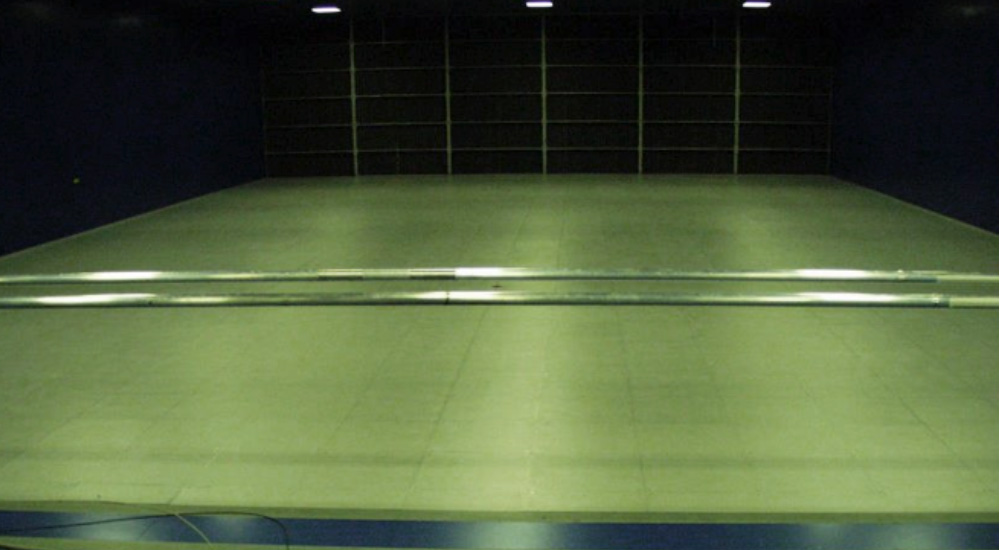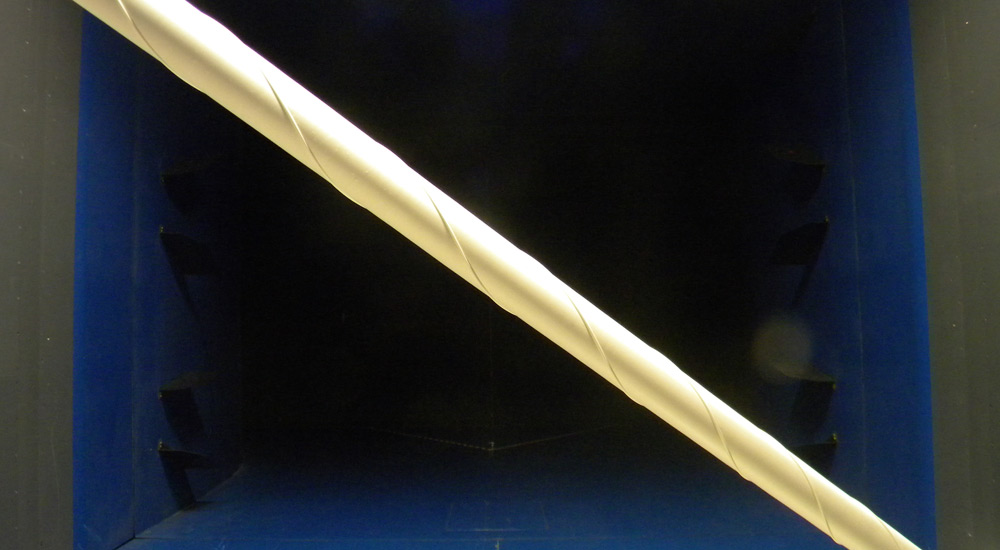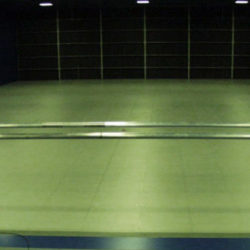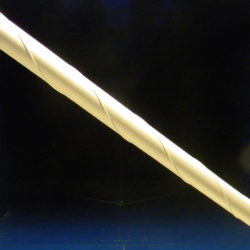Cable aerodynamics & aeroelasticity
The assessment of possible wind-induced vibrations is an important step in the design of overhead high voltage transmission lines and cable structures like suspension and stayed bridges, guyed masts and observation wheels. The high flexibility of these structures makes them susceptible to the occurrence of high amplitude vibrations. The design must identify and prevent collapse or fatigue damage sources.
The main problems related to cables wind induced motion are:
- Aeolian vibrations (vortex induced vibrations)
- Wake induced oscillations or subspan oscillations
- Galloping instability
They are distinguished from each other by different mechanisms of energy transfer, wind speed range of occurrence, structural frequencies involved and maximum amplitude level experienced. Moreover, the inclined nature of stay cables on cable structures introduces some new types of cable aerodynamic phenomena, i.e., rain-wind-induced cable vibrations, high-speed vortex excitation, and dry inclined cable galloping. Ice accumulation on transmission lines as well as resulting non-circular cable sections may also induce galloping instability.
Wind tunnel tests on static models are helpful to define the body aerodynamic characteristics in terms of aerodynamic force coefficients by means of force and surface pressure measurements. Sectional models with high aspect-ratio value are often used.
Aeroelastic models are essential to experimentally investigate the wind induced vibrations on cables which can undergo large motion. Measurements defines the power imparted by the wind to the structure. Reynolds number similarity is important: thanks to the dimensions and wind speed range of the Polimi wind tunnel it is possible to reach high Reynolds number values, up to 1.5M.
Case-specific experimental data provides information that are used with numerical models to design the damping devices for the structure.




